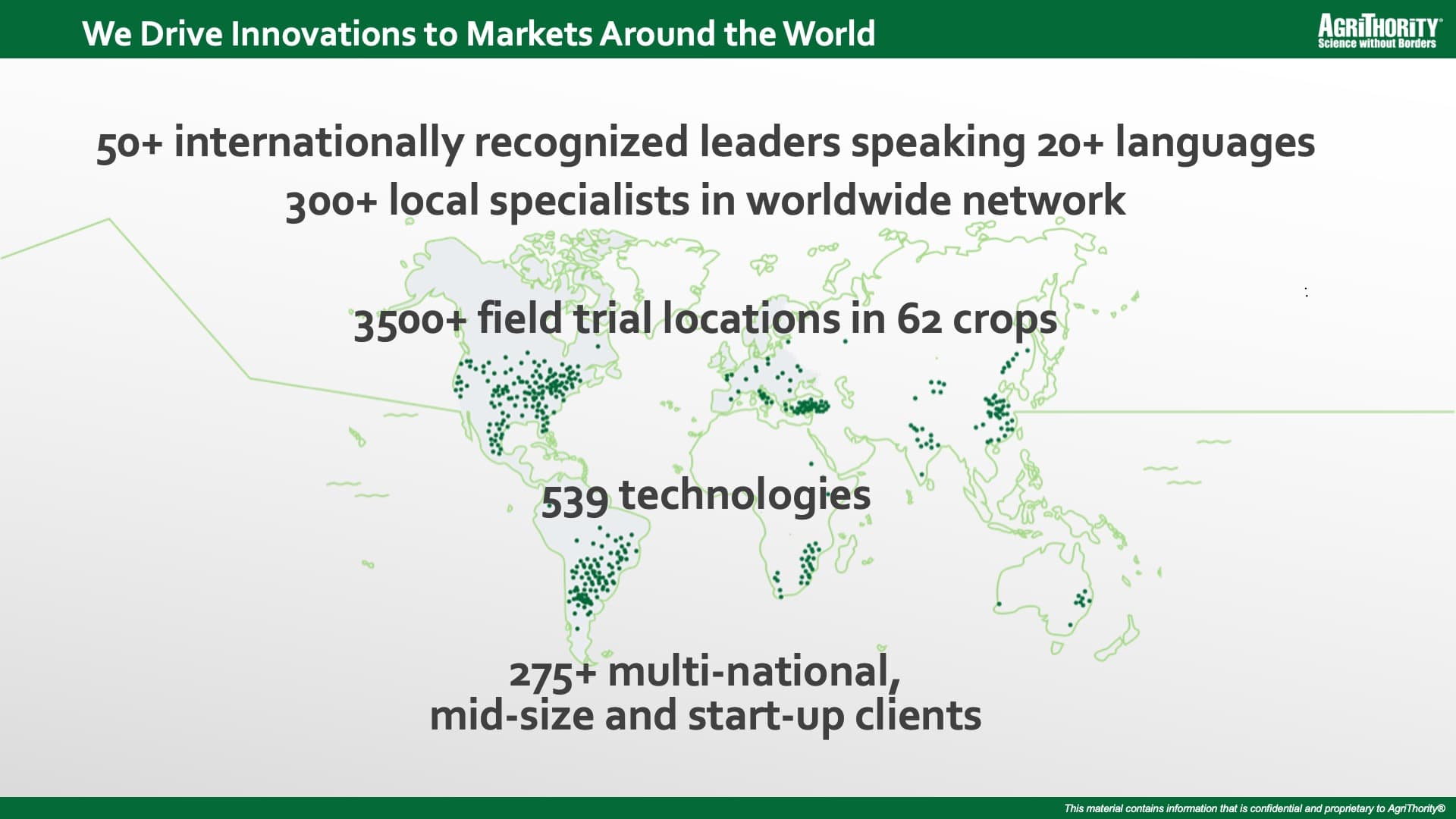Developing new agricultural technologies is exciting and challenging. But, in your excitement about the technology and all it can do, defining your target market and the product positioning is one of the very first steps of a sound development plan. Having a wide view with insights into which markets and where the technology fits is critical. Here are some key considerations when analyzing markets for your new technology.
- Define your priorities. Large markets with a lot of commercial potential can be incredibly enticing but very difficult to break into. Inevitably, you’ll face competition from other products, companies and distribution channels. Sometimes a larger market share of a small market will mean revenues and profitability more quickly. Success in a small market could finance launching into larger markets. Like in a war, an invading army needs a beachhead before moving into a full-fledged invasion. In order words, starting small can mean you’re better prepared for expansion in the future.
- Determine where your product fits. Where can your product be more easily incorporated into the production system? Growers do not easily change their practices. So, unless your product generates outstanding differentiation, which is seldom the case, the chances of success are better if they fit into existing practices. Consider where your product has the best chance of being successful, which might not be the biggest market for that category. Of course, an important part of the development process is to develop formulations or delivery systems that can be promptly integrated into the existing paradigms of those large markets.
- Manage and allocate your resources for the long term. When putting your plan together, remember the world goes far beyond your backyard. Using globally accepted protocols for regulatory studies and conducting well designed early development trials that will build the understanding of your product are investments, not expenses. They will translate into savings of money and time in the future and increase the product’s chances of success.
- Look beyond your own borders. Just because your business is located somewhere doesn’t mean that must be where you launch first. This is where a lot of startups can fail. A biocontrol product can be registered in the United States in half of the time to do so in the EU. That means the possibility of revenues and profit come much earlier, which can fuel a launch back in your own country or region later. Going back to the war analogy, the beachhead to your own backyard may be a faraway place.
- Develop a specific and disciplined plan. Plan globally and then execute locally. Opportunities and requirements for each market will vary and need to be prioritized. Once the plan is in place, then execute the plan according to available resources. And remember the choice to go to a given market today does not mean giving up on other countries or regions. We can always go there some other time.
The first market you choose for your product launch can determine the success or failure of your technology. No matter what, new innovations will face challenges when launching into new markets. Sometimes the more innovative products with the best science are not successful where they launch first. Ultimately, you might launch your product in a market you least expect. But sometimes where you launch first can be a springboard to get you into a more enticing market for you.
To help you move your innovation to market, trust AgriThority® to be your native guides. With internationally recognized leaders connected to more than 400 local specialists in a worldwide network, we bring deep experience testing more than 539 technologies across 3500+ field trial locations for 275+ multi-national, mid-size and start-up companies.




